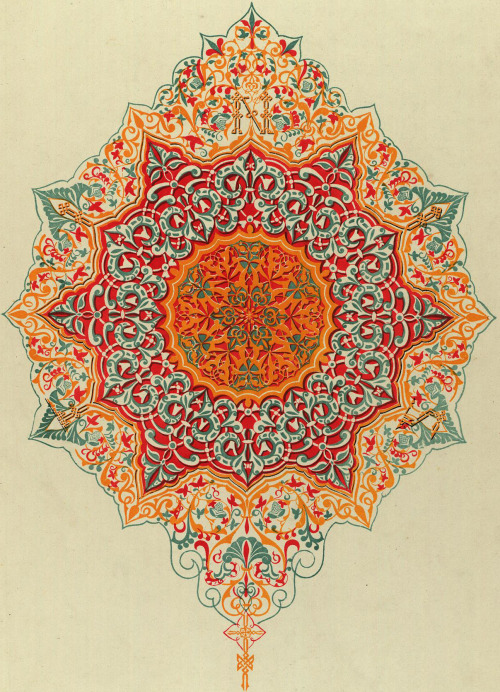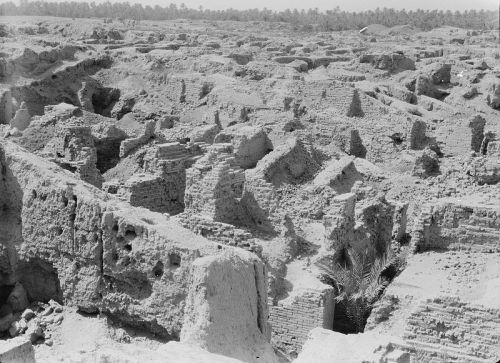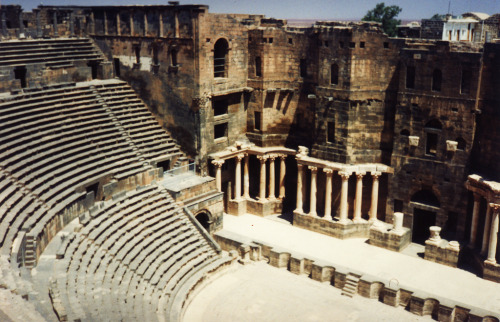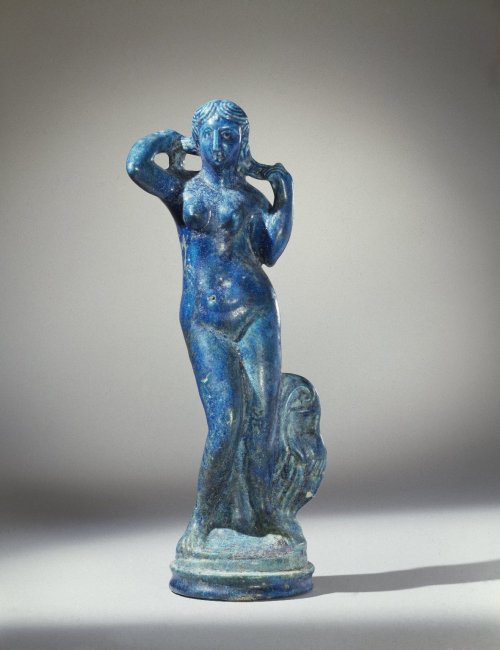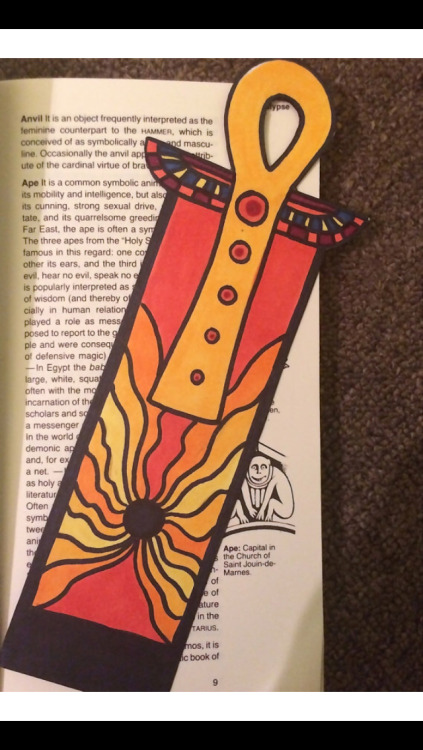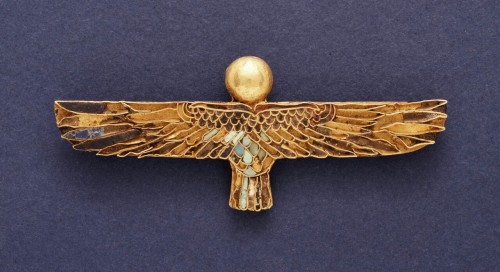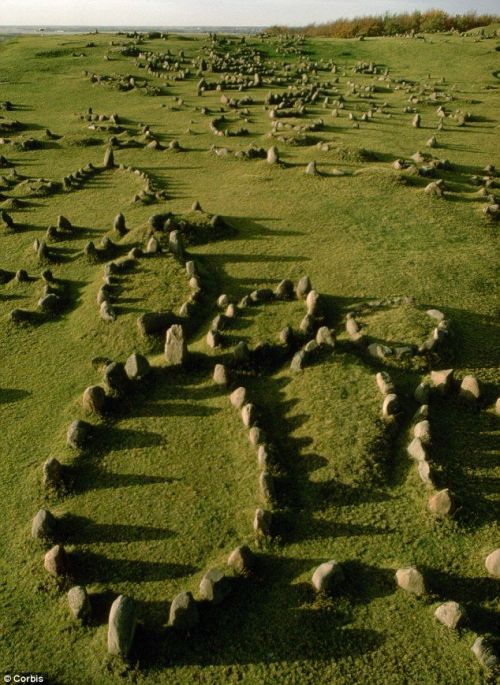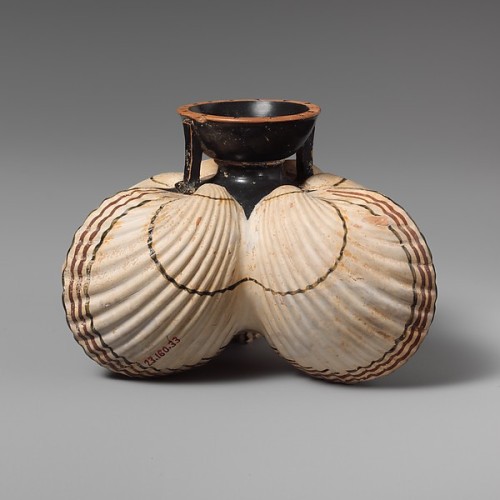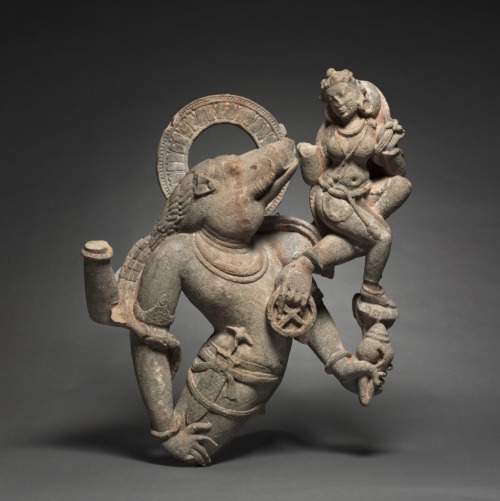#ancient art history
Spouted Ritual Wine Vessel with Cover (Gong)
Period: Western Zhou dynasty (1046–771 B.C.)
Date: mid-10th century B.C.
Culture: China
Medium: Bronze
Animal Ewer (Guang or Gong) - Bronze Age Chinese
(1046 - 771 BC)
Bronze ewers, like this one appeared late in the Shang dynasty and continued to be made throughout the Zhou dynasty. Also called guangs (gongs), these bronze ewers are distinguishable due to some characteristic features: a zoomorphic lid and handle, usually a one-footed base, the use of the squared spiral (lei-wen) to fill in empty space and they are decorated in mid to low-relief. Naturalistic representations of live animals were mainly produced in the southern Chinese provinces, while mythical animals were seen on guangs from the northern Chinese provinces. For this particular ewer I was not able to distinguish whether is depicts a mythical animal or a real one. However, rams were commonly depicted on these, and this creature sports head gear that could be interpreted as rams horns.
Ewers like these would have poured rice (or grain) wine at ancestor worship rituals and were commonly left behind as a grave good in a high-status burial.
Info. from Freer and Sackler Galleries andWikipedia
Post link
Anthropomorphous pendant with danglers
Mid Cauca (Quimbaya) - Early period
Goldwork, lost wax casting
Museo del Oro, Bogatá
Post link
Terracotta head
Nigeria, Nok region
ca. 600 BC-AD 250
Although probably a fragment of a nearly life-size male seated figure, this head is remarkably well preserved. The Nok terracottas may have been part of a shrine or temple or were placed on a tomb. The identities of the portrayed figures remain unknown, but the adornments and elaborate hairstyles and headdresses seem to indicate that they represent notables or leaders.
From the Cleveland Museum of Art
Head (Nok Terracotta) - Sub-saharan Africa
ca. 500 BC - 200 BCE
Sculptures like this one have come to be called Nok Terracottas. Triangular eyes, abstracted features and the use of subtractive sculpting techniques are characteristic of these Nok heads. Most of these heads are found by themselves; however, in some instances full body sculptures have been found in this style. The full terra-cotta sculptures are life-sized but tend to have a disproportionately large head compared to the body.
Unfortunately not much is known about the Nok culture and their reasonings behind their artistic decisions, but it should be noted that in later African art a large head can reflect respect for intelligence. The lack of information regarding how many of these heads were buried and found is due to the lack of documentation when finding pieces from this culture. However the Nok culture was one of the earliest centers of ironworking and terracotta figure production in Africa, that is one thing we do know for sure.
Source: The Met
Post link
This decorated end page can be found in Plans, elevations, sections, and details of the Alhambrav.2, an influential work created from drawing by Jules Goury and Owen Jones. Owen Jones published the work in 1842, about a decade after he began his Grand Tour, where he met Jules Goury. Goury would become his traveling companion for the latter part of Jones’s Grand Tour, though Goury died of cholera six months into their stay in Granada*, Spain. Their visit to the former palace of 13th and 14th century Moorish leaders, the Alhambra, must have left a lasting impression—Jones was an instrumental figure in the move away from Neo-classicism and his body of work betrays a strong Islamic design influence. Learn more from The Victoria and Albert Museum, where Jones’s history and ambition are more fully explained.
We’ve got a couple more works from Owen Jones in our Digital Library: Jones’s Grammar of Ornament is still an important design sourcebook, while his Examples of Chinese Ornament has some pretty exquisite designs, too.
*Edited (oops, not Grenada!)
Post link
Mayan polychrome figural urn, decorated with jaguars and skulls. Artist unknown; Late Classic period (600-900 CE). Now in the Walters Art Museum, Baltimore. Photo credit: Walters Art Museum.
Post link
Faience Eye of Horus amulet with bull
Located at the The Roemer-Pelizaeus Museum, Hildesheim, Lower Saxony, Germany
Post link
Statuette of Aphrodite Anadyomene
MEDIUM: Faience
DATES: late 2nd century B.C.E.
PERIOD: Ptolemaic Period
DIMENSIONS: 14 3/16 x Diam. 4 ¼ in. (36 x 10.8 cm)
Brooklyn Museum
> brooklynmuseum.org
Post link
An amulet of the demon Lamashtu, standing on an ass and suckling a jackal with a pig, with an incomplete cuneiform incantation to the demon, c. 800-500 B.C.E., excavated from northwest Mesopotamia
Post link
Marble statuette of a woman
Cycladic, Early Cycladic II Period, 2300 - 2200 BC.
9 cm high (3 9 /16 inch.)
Source:Metropolitan Museum
Post link
The Toltec, a Nahuatl-speaking tribe, held sway over what is now central Mexico from the 900s through the 1300s CE. The name has many meanings: an “urbanite,” a “cultured” person, and, literally, the “reed person,” derived from their urban centre, Tollan (“Place of the Reeds”). Beginning in the 1300s, the invasion of the nomadic Chichimec destroyed the Toltec hegemony in central Mexico. Among the invaders were the Aztecs, or Mexica, who destroyed Tollan about the mid-1300s. (Click through the images to read the captions, about the artifacts and monuments the Toltec left behind.)
Post link
Egyptian Ankh Bookmark by AWorldlyArray on Etsy
https://www.etsy.com/listing/248809534/egyptian-ankh-bookmark
Hey guys! I’ve been working on some crafty things, and I think some of my followers on here might be interested in taking a look! There’s more on my Etsy shop than just the bookmark shown, it’d be greatly appreciated if you could check out my pageeee. Please and thanks ~~ Emily Oh and I plan on starting back up with my posts on here again soon…so stay tuned!Post link
~Amulet of a Ba.
Place: Egypt
Period: Ptolemaic Period
Date: 332-30 B.C.
Amulet of a Ba - Egyptian/Ptolemaic
ca. 332 - 30 BCE
Amulets in ancient Egypt were thought to be magical. They would be worn, carried or offered to a deity in hopes of magically gaining a specific power or form of protection. This amulet depicts a Ba, or a human headed falcon. Egyptians believed the Ba symbolized the immortal soul that came back after death and attached itself to the corpse. This specific one does not have the human head. The amulet is gold and inlaid with lapis lazuli, turquoise and steatite.
Source:The Met
Post link
Viking burial mounds in Denmark
Lindholm Høje Museet
Lindholm Høje - Germanic and Viking
Denmark
ca. 400 - 1050 CE
Lindholm Høje is comprised of approximately 700 graves from both the Germanic Iron age and the Viking age. Many of these graves are marked by an outcropping of vertical stones. The shapes of these outlined graves distinguish the men from the women. Women were buried with an oval outline while men’s graves are marked with a triangular shape of stones. After being used by the Vikings, the site was covered with drifting sand, and in turn was preserved very well. The site also boasts a nice view on a hilltop; it was customary in burials of this time to provide ancestors with something beautiful to enjoy from their eternal graves. Starting at the top of the hill with the oldest burials from the Iron Age, these graves are arranged chronologically with the youngest graves from the Vikings closer to the bottom.
Sources:Viking Denmark,Wikipedia andVisit Aalborg
Post link
ROCK ART IN AFRICA - Dabous Giraffe (Niger)
Dabous Giraffe Petroglyph - Prehistoric African (Kiffian or Tenerian)
Dabous, Ténéré Desert, Africa
ca. 8,000 - 6,000 BCE
Given the title of “World’s Largest Rock Art Petroglyph”, this giraffe is one of two life-sized rock art carvings located in Dabous in the Ténéré Desert. Scholars have determined the petroglyphs to be around 10,000 to 8,000 years old. During this time in Africa, only two groups of people could have created these carvings; the Kiffian or Tenerian people. The artists were not yet in the Bronze age and therefore probably used flint to carve images into the softer sandstone.
Source:Bradshaw Foundation
Post link
“The Calf-Bearer and the Kritios Boy Shortly After Exhumation on the Acropolis”
c. 1865
albumen silver print from glass negative
Gilman Collection, Metropolitan Museum of Art
The statue depicted here is known as the Moschophoros, or Calf-bearer. It dates to the high archaic period in Greek history, and more specifically has a date range of 570 - 560 BC.
– Really cool to see a picture from when it was first found!
Post link
Terracotta aryballos (oil flask) in the form of three cockleshells (6.2 cm/2 ½ in high)
Inscribed on the lip, “the boy is fair.” Such small bottles held the olive oil used by athletes to cleanse themselves after exercise.
Attic Greek, Archaic period, late 6th century B.C.
Terracotta Aryballos in the form of Three Cockleshells - Archaic Greek/Attic Greek
ca. 500 - 600 BCE/BC
Post link
Vahara, Boar Incarnation of Vishnu
700-800s
Central India, Medieval Period, 8th-9th century
Sandstone
h:82.00 w:68.50 d:33.50 cm (h:32 ¼ w:26 15/16 d:13 3/16 inches)
Sahara, Boar Incarnation of Vishnu - Central Indian/Hindu
ca. 700 - 800 CE
Post link
Metal plague of a stag
7.6 cm high, 9.5 cm wide (3 x 3 ¾ inch.)
Kazakhstan, 6th - 5th century BC.
Source:Metropolitan Museum
Garment Plaque in the Shape of a Stag - Kazakhstan
ca. 400 - 600 BC
Post link
Lorestan bronze, fibula showing a woman giving birth between 2 antelopes, ornamented with flowers, Iranian iron age (1500 to 700 BCE) at the Louvre museum, Paris, France, March 2010.
The name “canonical bronze of Lorestan” refers to a set of objects testifying of the original culture of a nomadic civilization who lived at the beginning of the iron age on the territory of the actual Iranian province of Lorestan (North West of the Zagros mountains). Its pastoral and nomadic way of life explain the lack of architectural remnants left, the few artefacts found being almost funeral objects found after graves were looted or excavated by archaeologists. These objects were made in one time almost in bronze using the lost-wax casting. It consist in axes, horse bytes, maces, fibulas, or swords whom style and ornaments are typical, testifying of the originality of such civilization and great savoir-faire of its craftsmen.
Disk pin with woman giving birth, flanked by two antelopes (Luristan/Lorestan Bronze) - Early Iron Age
Post link






